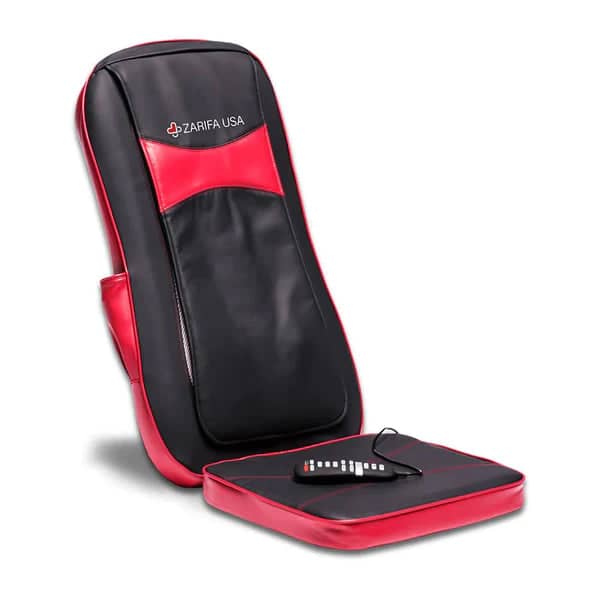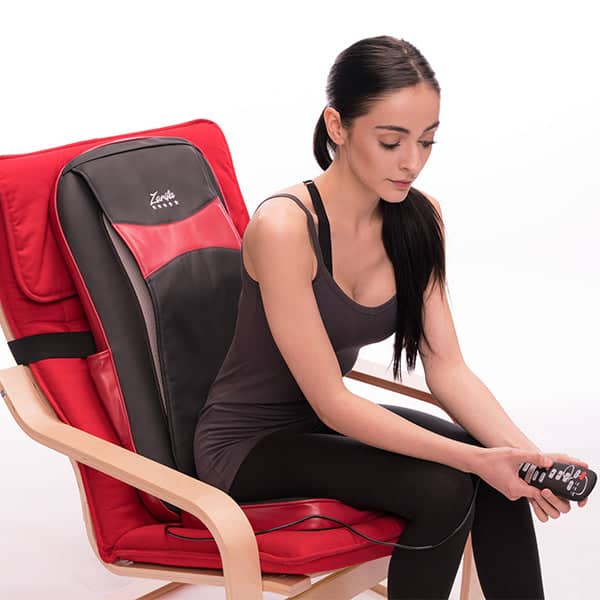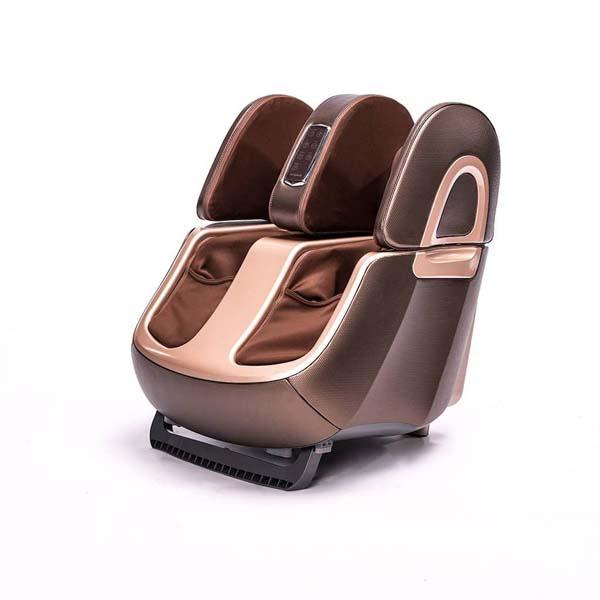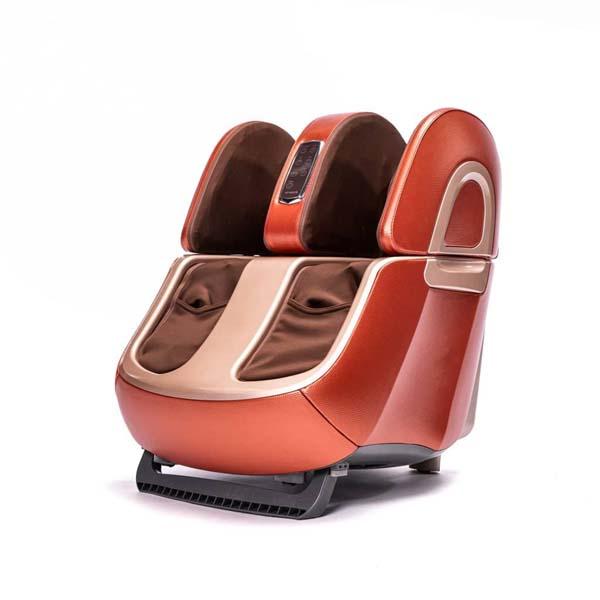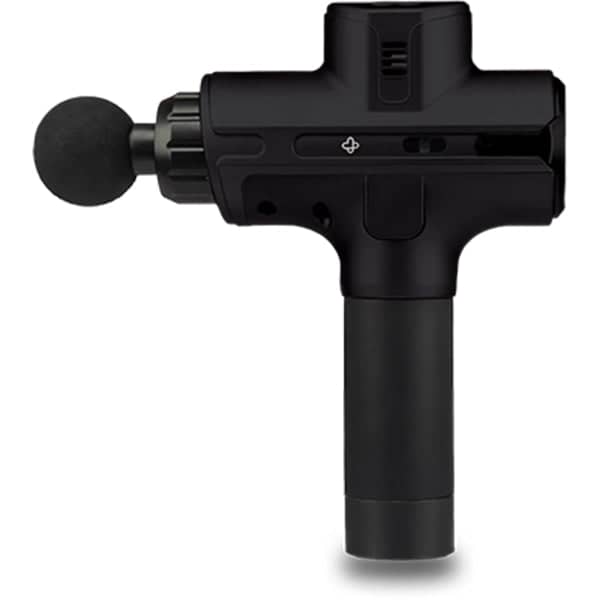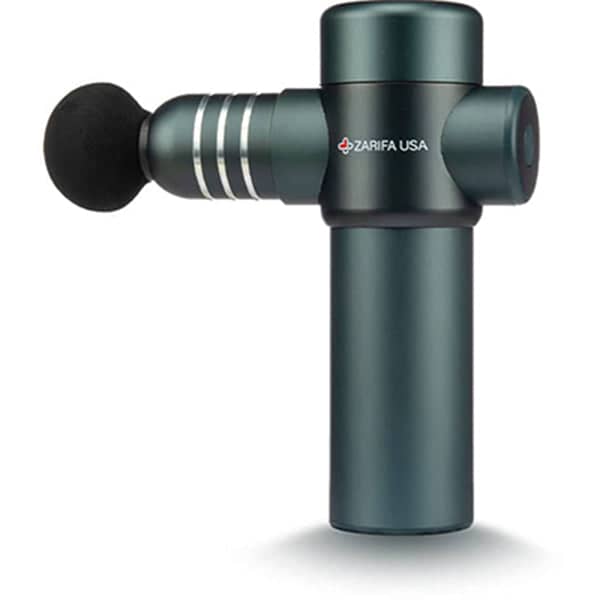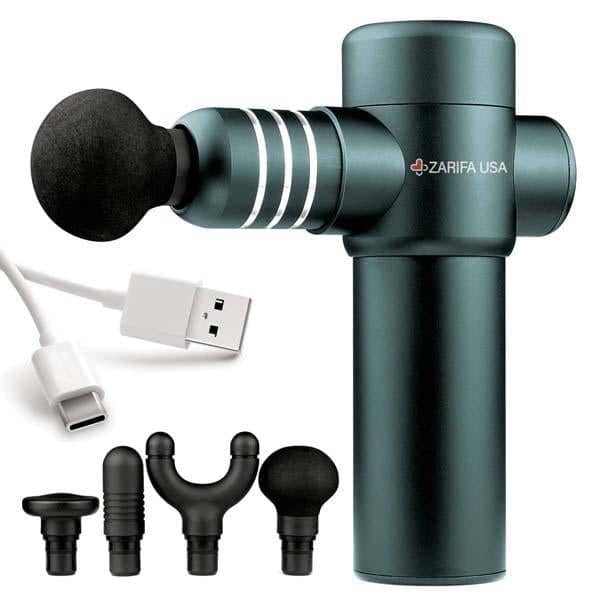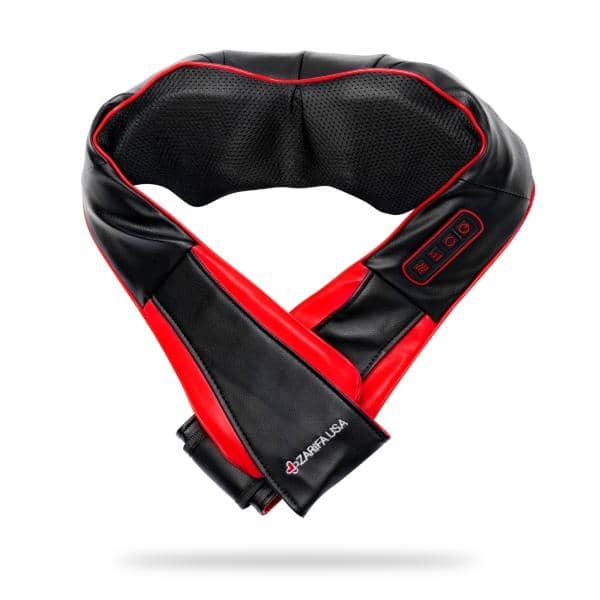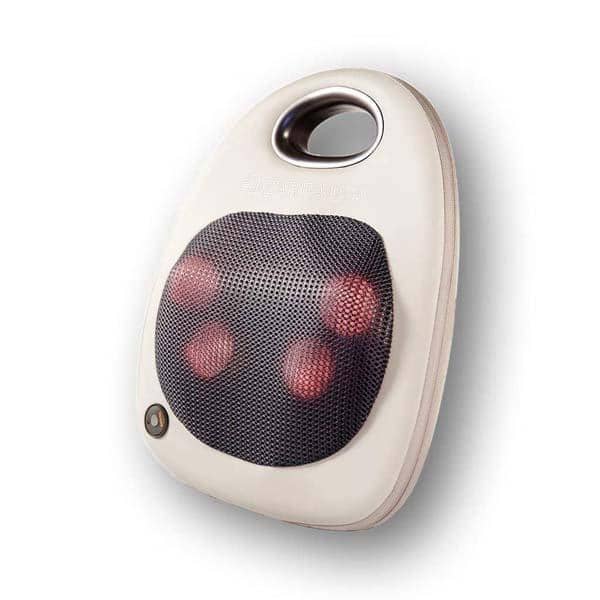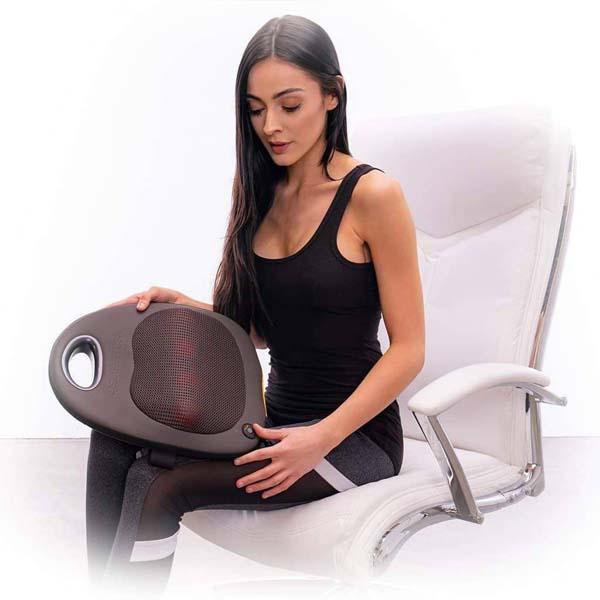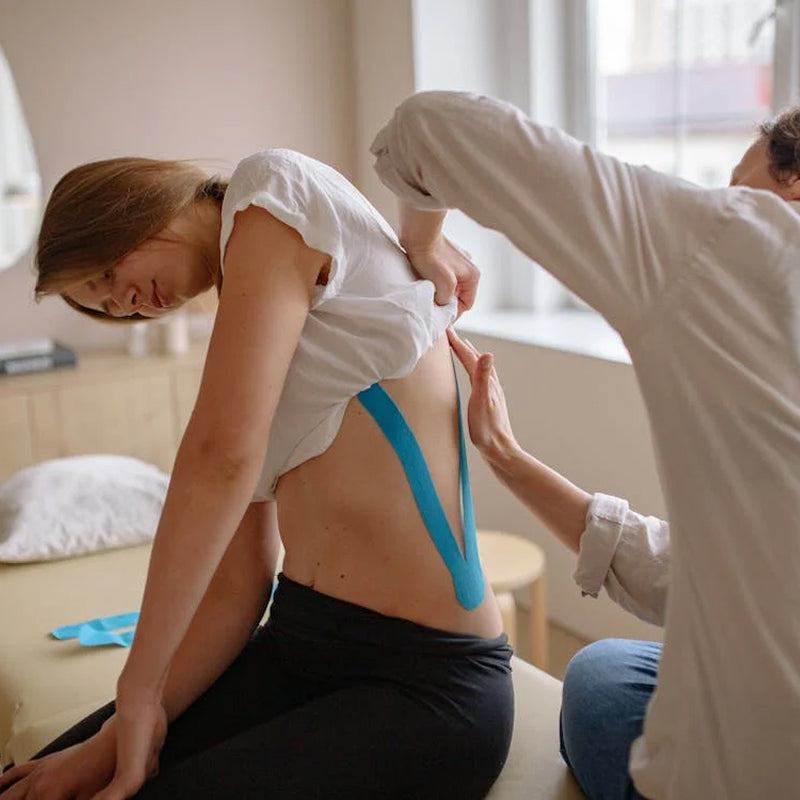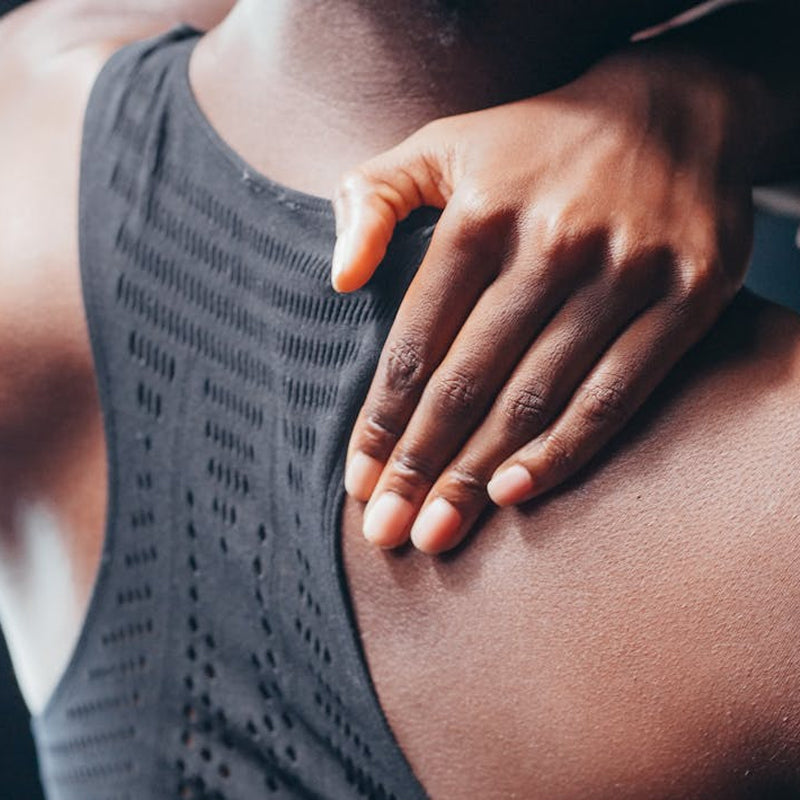Want to perfect your chair massage technique and explore various massage modalities? This article covers essential tips and methods to help you improve. Whether you’re a beginner or a seasoned therapist, you’ll find valuable insights here.
Key Takeaways
-
Chair massages are quick, effective, and ideal for busy professionals, performed on specialized chairs with clients fully clothed.
-
Key benefits include reducing high blood pressure, alleviating headaches, boosting immune function, and improving workplace productivity and morale. These techniques also promote muscle relaxation, making them highly effective for quick stress relief.
-
Effective techniques include kneading, tapping, and stretching, which target muscle tension, stimulate circulation, and enhance flexibility, making personalization and proper equipment essential.
Understanding Chair Massage Technique

Chair massage is all about providing quick relaxation and invigoration for chair massage clients. Typically, these sessions are short but highly effective, aiming to relieve stress and tension within a brief period. Massage therapists can enhance clients’ comfort significantly by the session’s end through focusing on key muscle groups. This technique is perfect for busy professionals who need a quick break to recharge.
Unlike traditional massages that require a table, chair massages are performed on specialized massage chairs that allow clients to remain fully clothed. The ergonomic design of these chairs ensures maximum comfort and support for clients during the session. This convenience makes chair massage an excellent option for corporate settings, where employees can benefit from a quick, rejuvenating session without disrupting their workday.
Key Benefits of Chair Massage

The benefits of chair massage are numerous and impactful. Some of the most significant health benefits include:
-
Reduction of high blood pressure
-
Alleviation of headaches, making them a valuable tool for those who suffer from chronic pain
-
Boosting immune function by up to 35%, helping clients stay healthier and more resilient
These benefits contribute significantly to overall stress reduction, making chair massage a valuable tool for mental and physical well-being.
Regular chair massage sessions can provide these benefits and more, including a relaxing foot massage.
In the workplace, the advantages of corporate chair massage programs are profound. Employers who offer chair massage as an employee benefit see improvements in productivity, retention, and morale. Chair massages can boost overall efficiency significantly by alleviating workplace stress, which accounts for up to 50% of lost production. Studies have shown that a 15-minute chair massage can markedly improve focus and energy, making it a worthwhile investment for any business.
Furthermore, chair massages serve as preventive care, alleviating muscle tension and pain that often plague office workers. Businesses can curtail healthcare costs and foster a healthier, more engaged workforce by proactively addressing these issues.
Essential Chair Massage Techniques

Mastering chair massage involves understanding and applying a variety of techniques, each designed to target specific muscle groups and deliver unique benefits. The most common techniques include:
-
Kneading
-
Tapping
-
Stretching
-
Shiatsu
-
Rolling
Identifying and addressing trigger points can enhance the effectiveness of these techniques, providing deeper relief for clients.
Each technique offers its own set of advantages, from stimulating blood flow to releasing deep-seated tension through deeper massage, such as deep tissue massage.
Kneading helps to release muscle tension through circular stretching movements, while tapping stimulates the skin and underlying tissues with rhythmic, bouncy motions. Stretching techniques aim to enhance flexibility and reduce stiffness, providing comprehensive therapeutic benefits. We will explore each of these pivotal techniques in more detail.
Kneading Technique
Kneading is a cornerstone of chair massage, involving circular stretching movements that effectively reduce muscle tension. This technique is particularly beneficial for the neck and upper trapezius areas, where stress and stiffness often accumulate. Kneading helps to elongate and relax muscle fibers, providing immediate relief from tension. Therapists can help clients experience immediate relief through applying pressure and gently stretching the muscles.
One of the most effective forms of kneading is petrissage, which involves grasping, lifting, and kneading the muscles. This approach not only alleviates tension and muscle pain but also promotes blood circulation, enhancing overall muscle health.
Tapping Technique
The tapping technique, also known as tapotement, involves rhythmic, bouncy movements that mimic the open hand of a massage therapist. Tapping can aid in muscle relaxation by easing tension and promoting a sense of calm. This technique stimulates the muscles and improves blood circulation, making it an excellent way to invigorate clients and boost their energy levels. Tapping is often used towards the end of a chair massage session to ‘wake up’ the client and leave them feeling refreshed.
Therapists can effectively stimulate the skin and underlying tissues through rhythmic tapping of the muscles. This technique is particularly useful in corporate settings, where clients need a quick and effective way to recharge during their busy day.
Stretching Techniques
Stretching techniques in chair massage aim to enhance flexibility and reduce stiffness by elongating muscle fibers and improving joint mobility. These techniques can help alleviate muscle tension, providing immediate relief and promoting long-term muscle health. These techniques are crucial for clients who suffer from tense or stiff muscles, as they can provide immediate relief and promote long-term muscle health.
Specific stretches for the neck, arms, and shoulders are particularly effective during a chair massage session. Therapists can assist clients in achieving better flexibility and minimizing the risk of muscle strain or injury by incorporating these stretches.
How to Customize Chair Massage for Different Clients
Customization is key to making a chair massage truly effective. To tailor the massage session to individual needs, therapists should:
-
Use intake forms to gather information about the client’s health history and preferences
-
Identify trigger points during customization to enhance the effectiveness of the massage
-
Identify any contraindications
-
Develop a safe and effective treatment plan
This helps ensure that the mobile massage is personalized and meets the client’s specific needs.
Maintaining open communication during the session is also important. Therapists must balance understanding when to be silent, allowing the client to enjoy the experience, and being ready to address any specific needs or concerns. This ensures that the client’s expectations align with the therapist’s intentions, leading to a smoother and more satisfying massage experience.
Tools and Equipment for Effective Chair Massage

Possessing the appropriate tools and equipment is vital for an effective chair massage delivery. A high-quality massage chair with a high weight limit and a warranty is essential to provide support for clients who cannot lie down. Therapists should familiarize themselves with the chair’s settings and features to avoid an ineffective or painful massage experience.
Ergonomic design in massage chairs is crucial to ensure both client comfort and therapist efficiency.
Other necessary tools include:
-
Face cradle covers
-
Bolsters
-
Disinfecting wipes
-
Cleaning products compliant with CDC guidelines
Investing in these items not only ensures client comfort but also maintains hygiene, which is critical for any massage practice.
Preparing for a Chair Massage Session
Proper planning is the first step to ensuring a smooth chair massage session. Start by determining the number of clients and calculating the required hours and number of therapists. Organize the event using sign-up sheets or a first-come, first-serve basis to manage the flow of participants.
On the event day, here are some tips to ensure a smooth setup and breakdown:
-
Allocate 5-10 minutes for equipment setup. Ergonomic design is crucial in ensuring client comfort during the session.
-
Include buffer time before and after the event for setup and breakdown.
-
Send reminder emails to clients about the massage day.
-
Designate a contact person to assist the therapist(s).
-
Play soft music to enhance the experience and help clients relax and fully benefit from the session.
Common Mistakes to Avoid During Chair Massage
Dodging common blunders plays a key role in delivering an effective chair massage. One of the most critical aspects is maintaining proper body mechanics to prevent hyperextending joints and ensure the therapist’s longevity in their career. Another common mistake is following a healing script and performing repetitive motions without customization, which can reduce the massage’s effectiveness.
It's important to address trigger points to avoid common mistakes. It’s also crucial to address specific problem areas during the session. Failing to do so can diminish the massage’s impact on alleviating targeted pain and tension. By being mindful of these common pitfalls, therapists can provide a more personalized and effective experience for their clients.
Legal Considerations for Chair Massage Therapists
Chair massage therapists must keep abreast of licensing and insurance requirements, which can fluctuate across states and over time. Businesses often prefer to hire services that handle all liability concerns, including licensing, certification, and worker’s compensation.
Ergonomic design is crucial in ensuring client safety, as it helps prevent injuries and enhances the overall experience.
Therapists should obtain general liability insurance to cover incidents where a client might get injured in or around their place of business. Professional liability insurance, also known as malpractice insurance, is essential to cover injuries directly resulting from their work. Using chair massage consent forms helps inform clients about the risks and responsibilities associated with the service.
Building a Successful Chair Massage Practice
Building a successful chair massage practice involves:
-
Focusing on the ideal client
-
Marketing effectively
-
Starting with local businesses to find opportunities and clients
-
Setting appropriate rates
-
Considering the affordability of the location
Ergonomic design plays a crucial role in attracting and retaining clients, ensuring their comfort and satisfaction.
These steps are vital for business growth.
Sustaining communication with corporate clients is fundamental for retaining them, including table clients. Educating clients and following up after sessions can help build strong relationships. Creating a consistent schedule, including time for promotion and client visits, is essential for success.
Therapists can establish a flourishing therapeutic massage practice, focusing on chair massage, by adopting these massage therapy strategies.
Summary
In summary, perfecting the chair massage technique involves understanding its core principles, mastering essential techniques, and customizing the experience for each client. The benefits of chair massage extend beyond relaxation, offering significant health and workplace advantages.
Addressing trigger points and muscle tension is crucial in maximizing the therapeutic effects of chair massage.
By investing in the right tools, avoiding common mistakes, and staying updated on legal requirements, therapists can build a successful chair massage practice. Embrace these insights and take your chair massage skills to the next level, providing exceptional experiences for your clients.
Frequently Asked Questions
What is a chair massage?
A chair massage is a short and convenient session performed on a specialized chair, focusing on quick relaxation and invigoration. It's a great way to relieve tension and stress in a short amount of time.
What are the key benefits of chair massage?
Chair massage can provide numerous benefits such as reducing blood pressure, alleviating headaches, boosting immune function, increasing productivity, and reducing workplace stress. So, it's a great way to improve overall well-being and comfort.
What are the essential techniques in chair massage?
To give a great chair massage, focus on essential techniques like kneading, tapping, and stretching to target specific muscle groups and deliver unique benefits. Practice these techniques to improve your chair massage skills.
How do you customize a chair massage for different clients?
To customize a chair massage for different clients, you should use intake forms to gather client information, assess their needs, and maintain open communication during the session. This helps ensure that the massage is tailored to each client's specific requirements.
What legal considerations should chair massage therapists be aware of?
As a chair massage therapist, it's important to stay updated on licensing and insurance requirements, obtain general and professional liability insurance, and use chair massage consent forms to ensure legal compliance. Keep these in mind to protect yourself and your clients.


